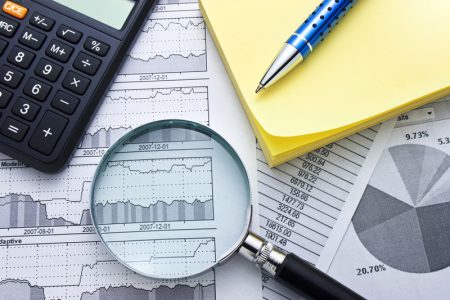Investors are grappling with the termination of three significant global economic trends, with the recent surge in long-term interest rates prompting a shift in investor attitudes towards longer-duration assets. The end of the Federal Reserve “put” indicates no zero or low future rates and no quantitative easing as a safeguard during downturns.
The conclusion of the period of low and stable inflation has led to interest rates exceeding potential growth rates, triggering a negative feedback loop. This development has put tech start-ups under pressure to achieve profitability sooner due to rising capital costs. Further, the housing market is bracing for a potential downturn due to increased mortgage rates.
In addition, President Xi Jinping’s state-led growth policy has decelerated China’s economic progress, resulting in fewer Chinese financial reserves in global markets. This slowdown has presented governments with challenges in financing public goods, particularly the transition to green energy.
Heightening geopolitical tensions are anticipated to fuel inflation and increase deficits, adding another layer of complexity for investors. These developments are testing the resilience and adaptability of investors as they navigate through these changing economic landscapes.
This article was generated with the support of AI and reviewed by an editor. For more information see our T&C.
Read the full article here




